 |
| At the excavation pit of cultural layer 6, archaeologists discovered 2 pieces of burnt bones, proving that prehistoric people in Than Sa knew how to use fire. |
From Thai Nguyen city, going upstream of Cau river to the confluences of rivers and streams in Than Sa valley, suddenly encountering the tranquility of clear blue water passing through the Phieng Tung, Nguom, Tham Choong, Ha Son sites... Since ancient times, this place has had human life.
A land of majestic mountains, peaceful rivers and streams. The highlight is the spacious Nguom rock shelter located on the mountainside, chosen by prehistoric people as a place to live. Then "later generations" - archaeologists organized excavations 5 times. Each excavation discovered new valuable evidence of archaeology and history.
The most recent excavation was conducted from March 20 to April 10, and experts from the Vietnam Academy of Social Sciences found many artifacts such as stone tools, fragmented tools, flakes, animal remains, bones, animal teeth and mollusks... In particular, in this excavation - in the excavation pit of cultural layer 6, 2 pieces of burnt bones were discovered. This is evidence that prehistoric people living at Nguom Rock Roof knew how to use fire.
Dr. Pham Thanh Son, Vietnam Institute of Archaeology : This discovery provides new and important insights into the study of the evolution of stone processing methods and techniques during the Paleolithic period in Vietnam in particular and Southeast Asia in general. To date, this is also the only rock shelter and cave site that has discovered evidence of the earliest habitation, processing and use of stone tools in our country.
Previously, in the fourth excavation conducted in 2017, experts from the Institute of Archaeology and the University of Wollongong (Australia) collected a large number of stone artifacts in terms of types, demonstrating the diversity and uniqueness of stone carving techniques. Through analysis of the collected ash and mollusk samples, experts confirmed that prehistoric people lived here from about 41,000 to 23,000 years BC - the late Paleolithic period.
 |
| Artifacts found at the 5th excavation. |
A huge “treasure” and at the same time an “attraction” for archaeologists and historians in the country and the world. Evidence from the 20s of the last century, French scholars H. Mansuy and M. Colani came here to survey and excavate to find artifacts related to the survival of prehistoric people. In 1925, French scholars officially announced their work contributing to the study of Indochina prehistory, which mentioned 4 relics of Bac Son culture discovered and studied in Thai Nguyen. These are the relics: Khac Kiem, Nghinh Tac, Na Ca and Ky (Vo Nhai).
This announcement marked an important milestone on the map of Vietnam's archaeological regions in the prehistoric period. However, for various reasons, it was not until 46 years later (in 1971) that Associate Professor, Dr. Hoang Xuan Chinh and a number of archaeologists from the Vietnam Institute of Archaeology had the opportunity to visit Than Sa area to conduct a survey and discover the Tiger's Mouth Site (also known as Phieng Tung Cave).
Through surveys and excavations, archaeologists discovered that the Vo Nhai district area has a fairly high density of prehistoric archaeological sites. In Than Sa, besides Nguom rock shelter, there are many other archaeological sites with similarities in stone processing methods and techniques to Nguom and Phieng Tung. Typical examples are Na Khu cave, Ha Son I rock shelter, Ha Son II and Kim Son cave.
In 1981, the Institute’s archaeologists returned to their “late Paleolithic homeland” and discovered more than 10 archaeological sites in the Shensha Valley. This was an important “breakthrough”, confirming that Shensha held a “treasure” more valuable than precious metals. These were artifacts and antiquities that served scientific research.
 |
| Dr. Pham Thanh Son, Vietnam Institute of Archaeology (far right), shares with archaeological experts about the value of artifacts collected at Than Sa Archaeological Site. |
Therefore, in 1982, a larger-scale excavation was conducted in this area, with the participation of experienced scientists from the Vietnam Museum of History; Institute of Archaeology; Institute of Southeast Asia; Faculty of History, Hanoi University of Science (now University of Social Sciences and Humanities) and the Museum Faculty, Hanoi University of Culture.
During this excavation, archaeologists found 659 stone tools, including rocks, pebbles, flakes, and pointed tools. In the 3 excavation pits at Mai Da Nguom, archaeologists found 3 human skeletons buried in a kneeling position. In addition, there were orangutan jaw bones, elephant teeth, and thousands of stone specimens, labor tools, and stone hunting weapons of ancient Vietnamese people. The excavation pits at this site clearly show 4 layers of archaeological culture with characteristics of Bac Son, Hoa Binh, Son Vi, and Than Sa cultures.
Associate Professor, Dr. Trinh Nang Chung (Vietnam Institute of Archaeology) , a leading expert on prehistory and early history, from the Stone Age to the Metal Age, affirmed: In addition to the Than Sa archaeological site, Vo Nhai district also has many other important archaeological sites, including the Hang Oc site, Pho hamlet, Binh Long commune.
Ms. Vu Thi Thu Huong, Deputy Director of the Department of Culture, Sports and Tourism, said: Thai Nguyen province is actively organizing activities to preserve and protect this site; at the same time, implementing necessary procedures such as continuing to connect with the Institute of Archaeology in organizing excavations; sending samples for analysis, determining the age to confirm the value of the site, consolidating documents, selecting typical valuable artifacts to prepare a dossier to propose the Ministry of Culture, Sports and Tourism to recognize the Than Sa archaeological site as a special national archaeological site.
Source: https://baothainguyen.vn/van-hoa/202504/kho-bau41000-nam-tuoi-o-than-sa-39706c2/


![[Photo] Visiting Cu Chi Tunnels - a heroic underground feat](https://vstatic.vietnam.vn/vietnam/resource/IMAGE/2025/4/8/06cb489403514b878768dd7262daba0b)





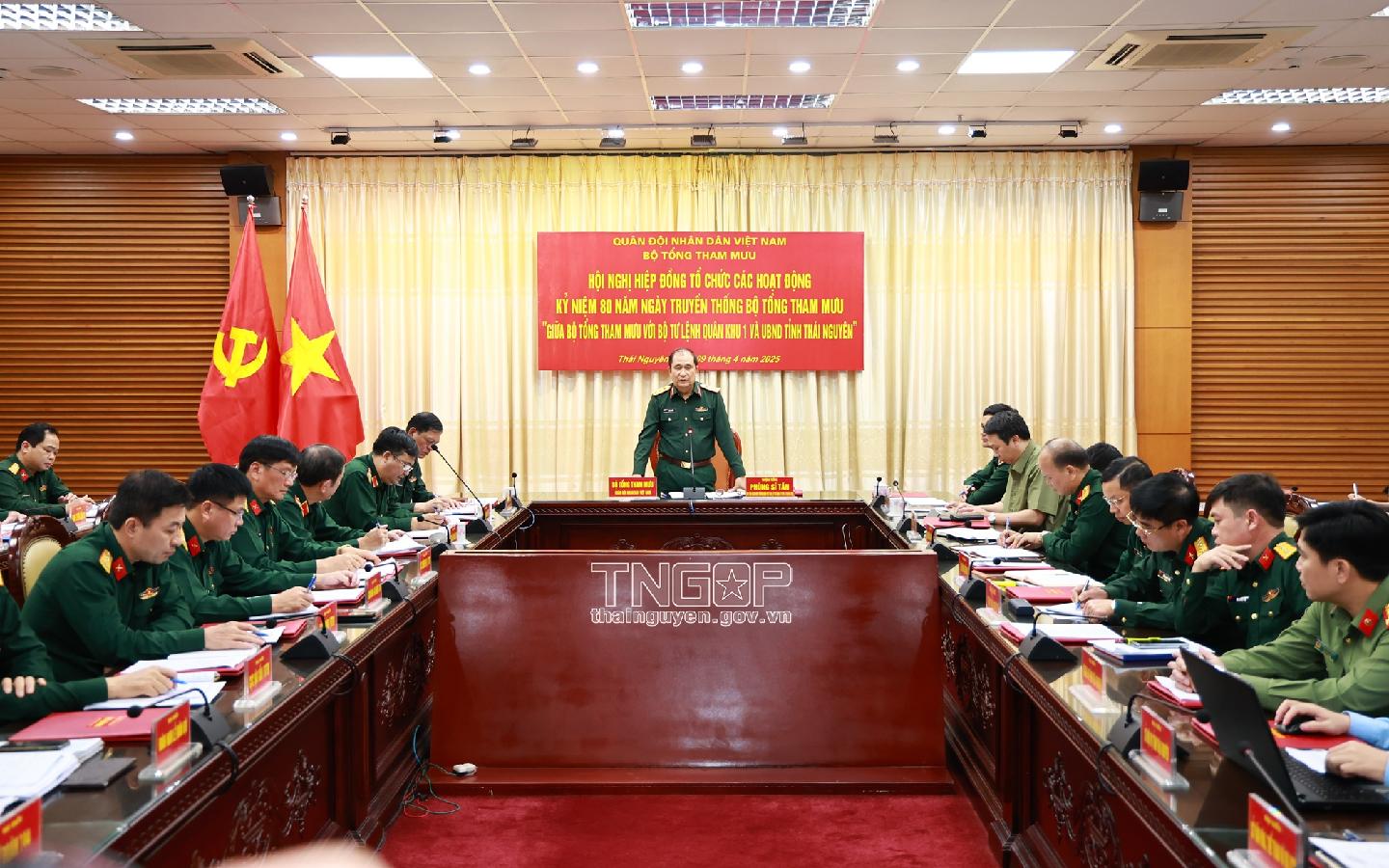
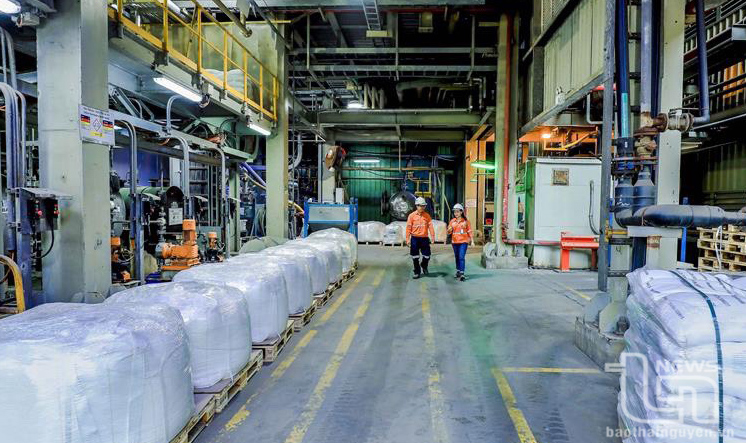
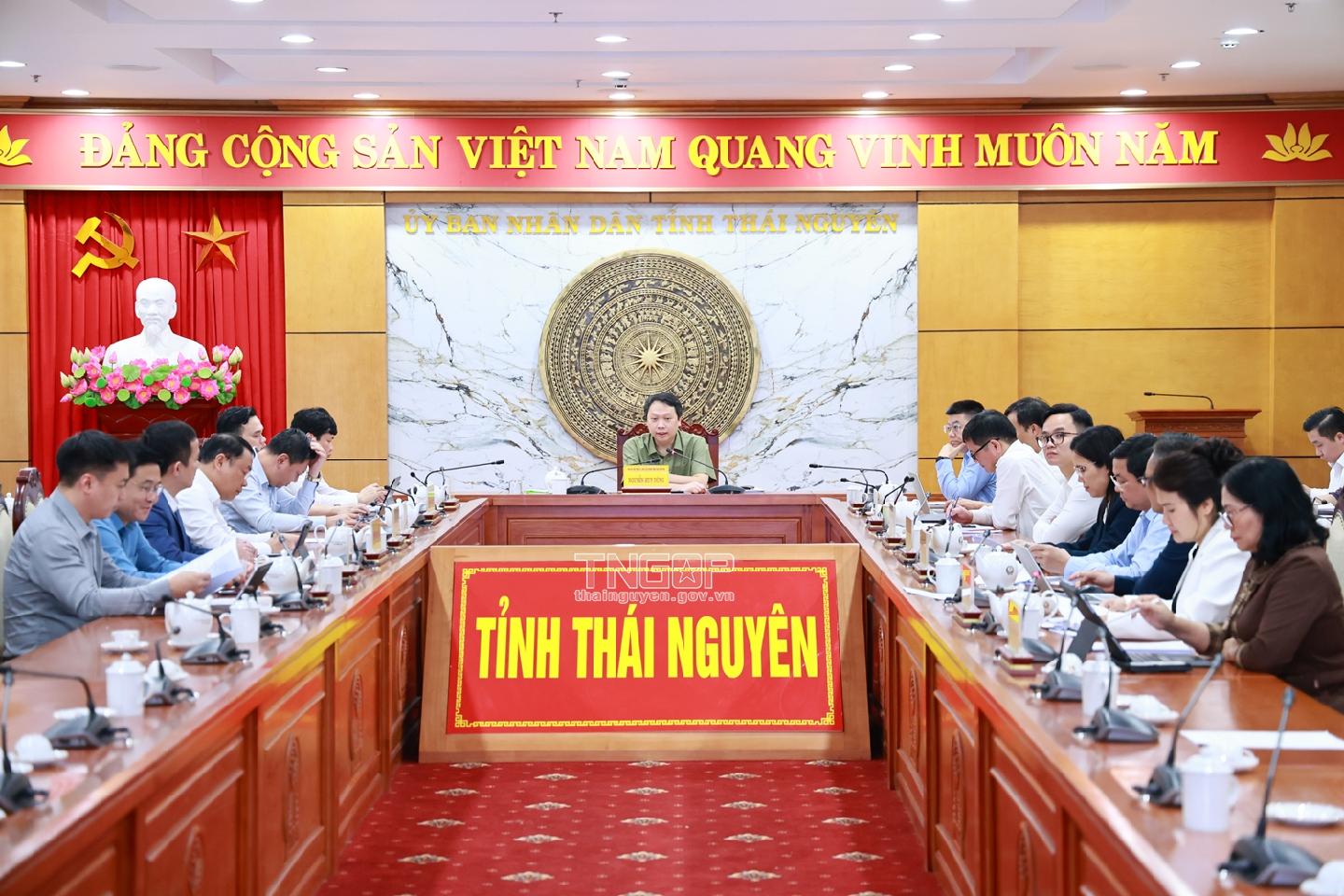
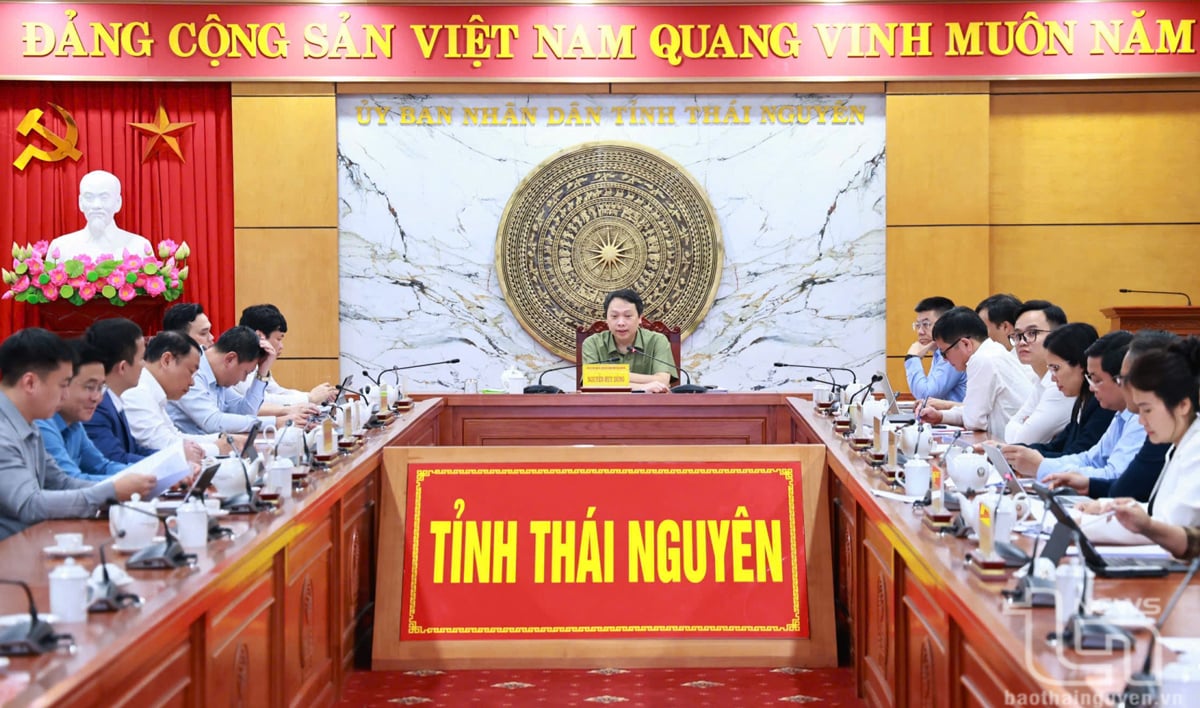

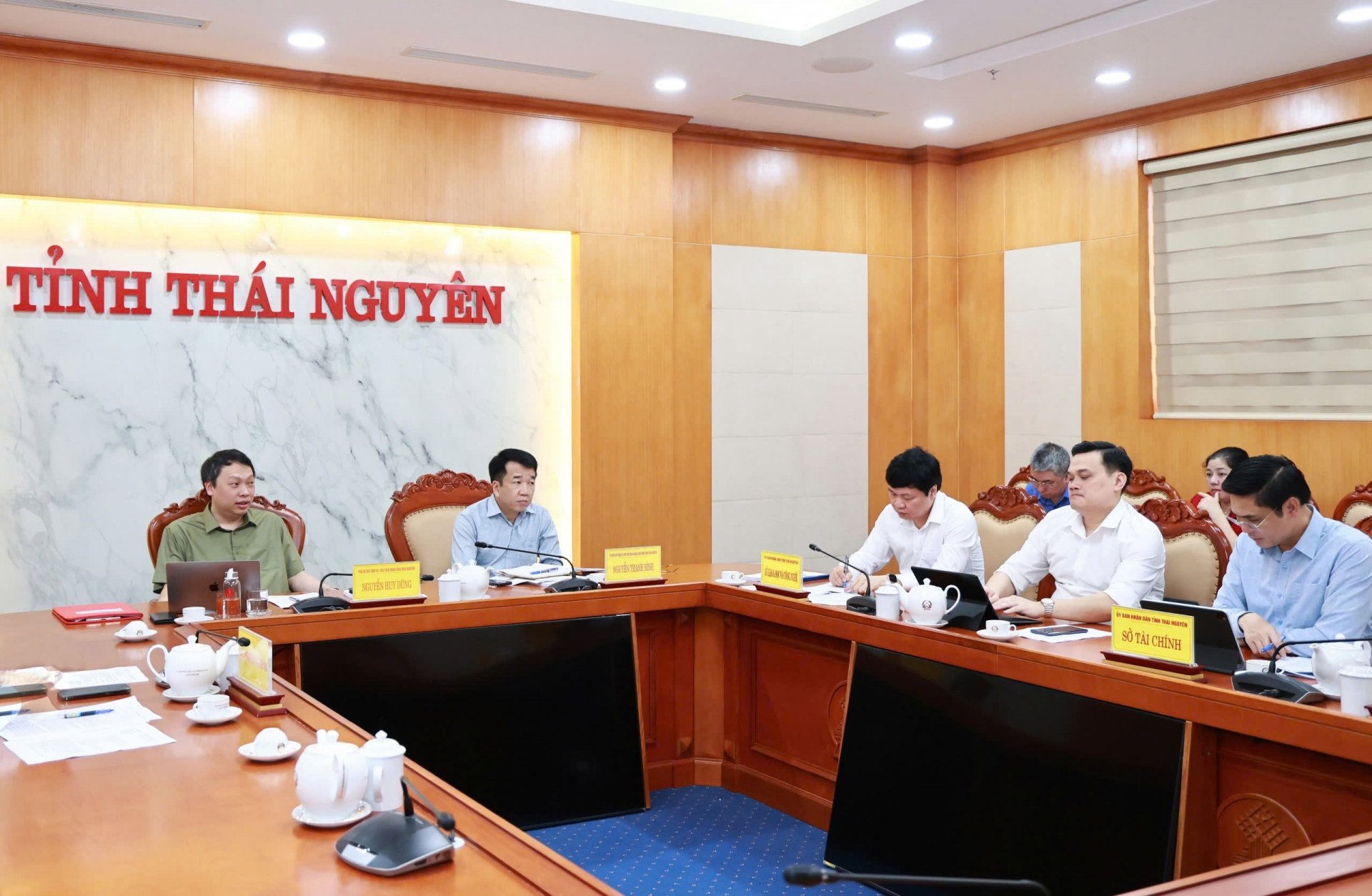



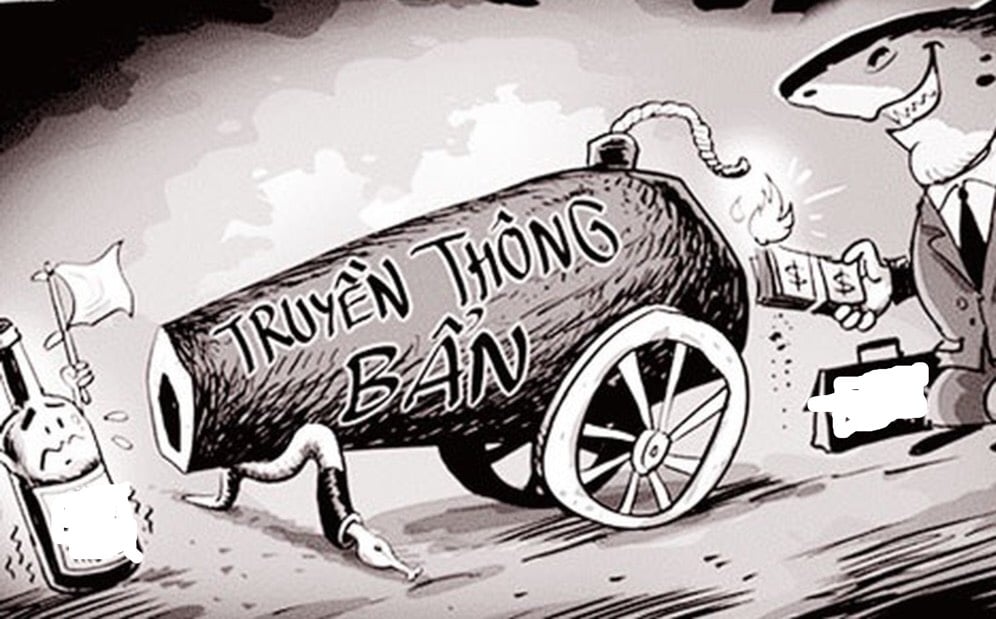
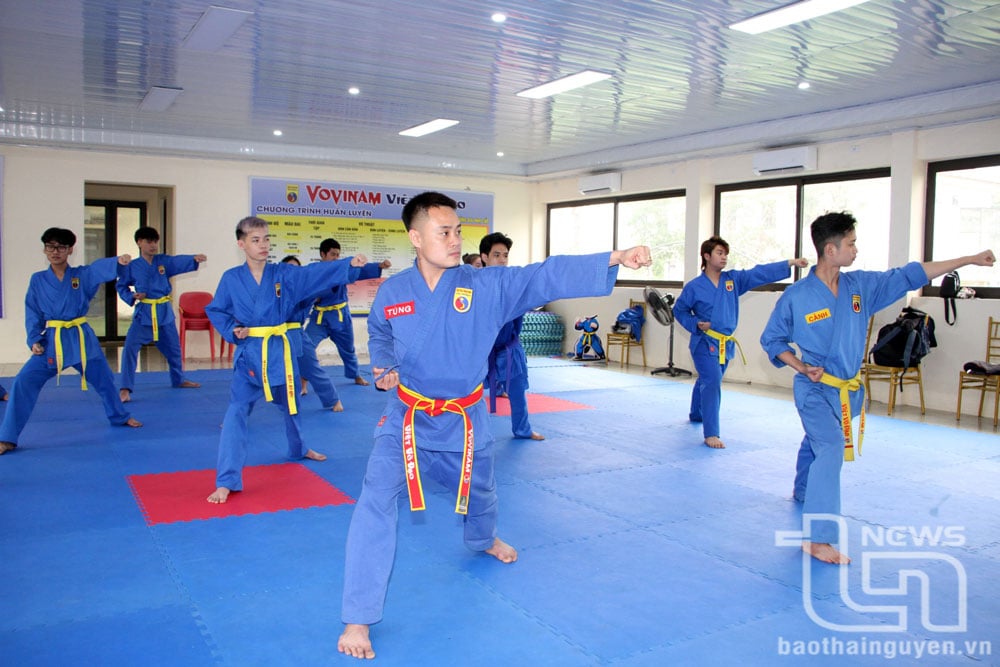
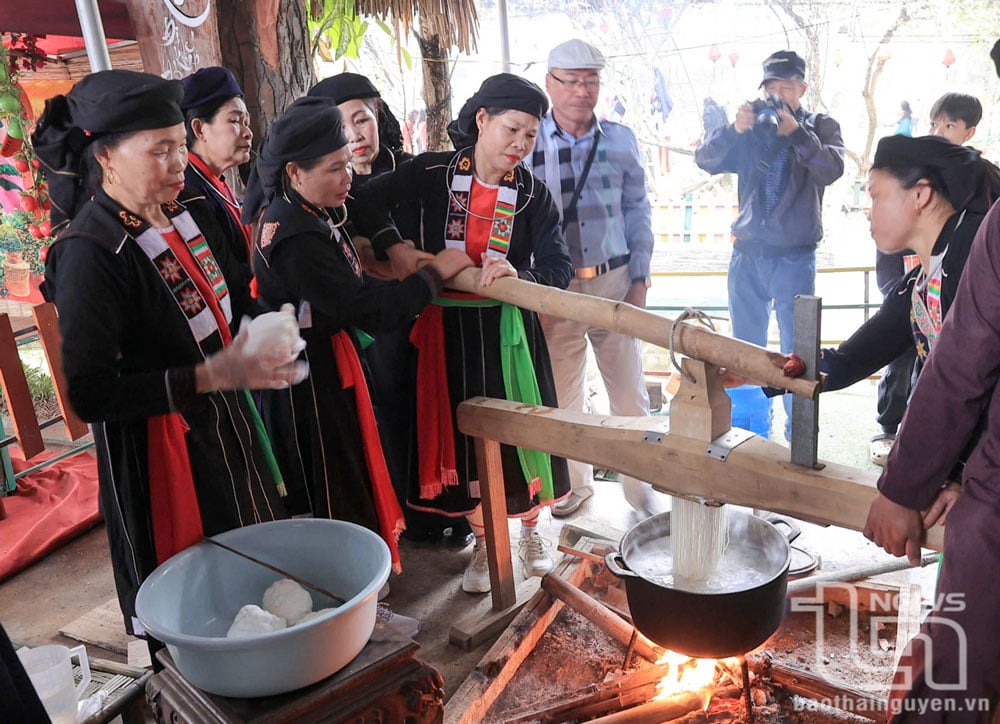
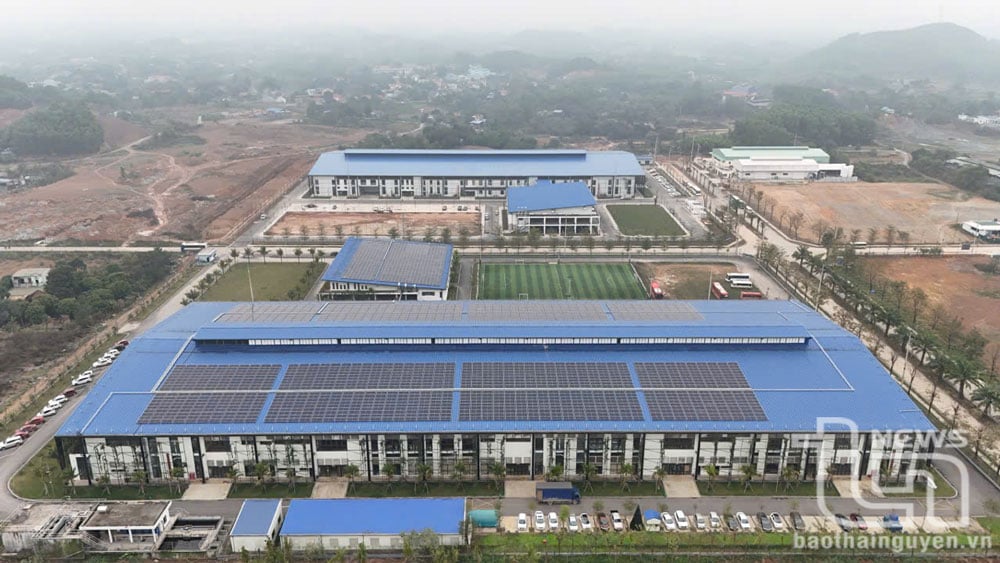
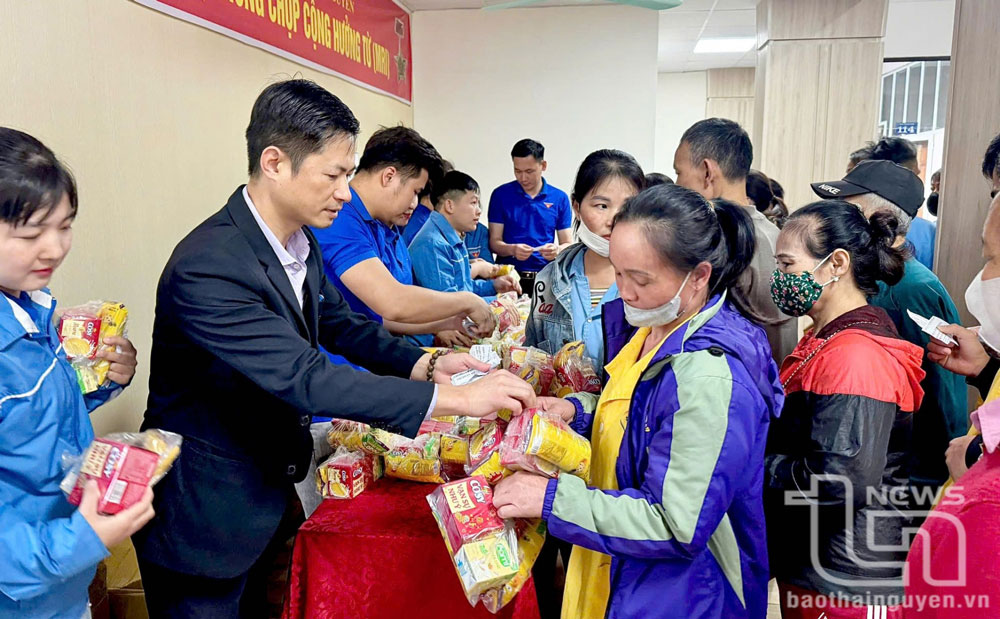
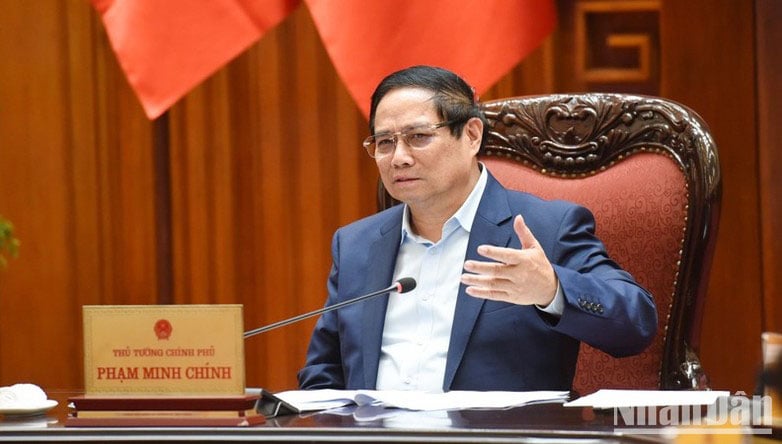






































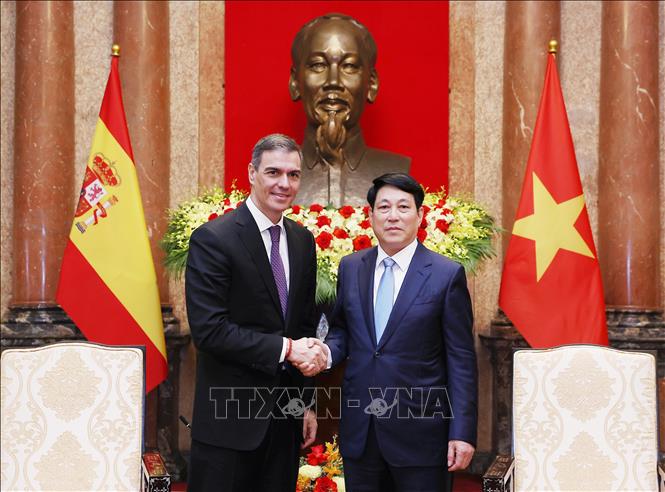








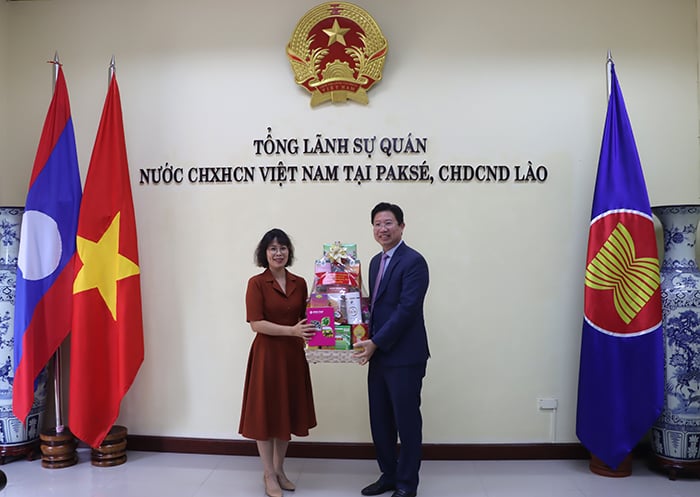

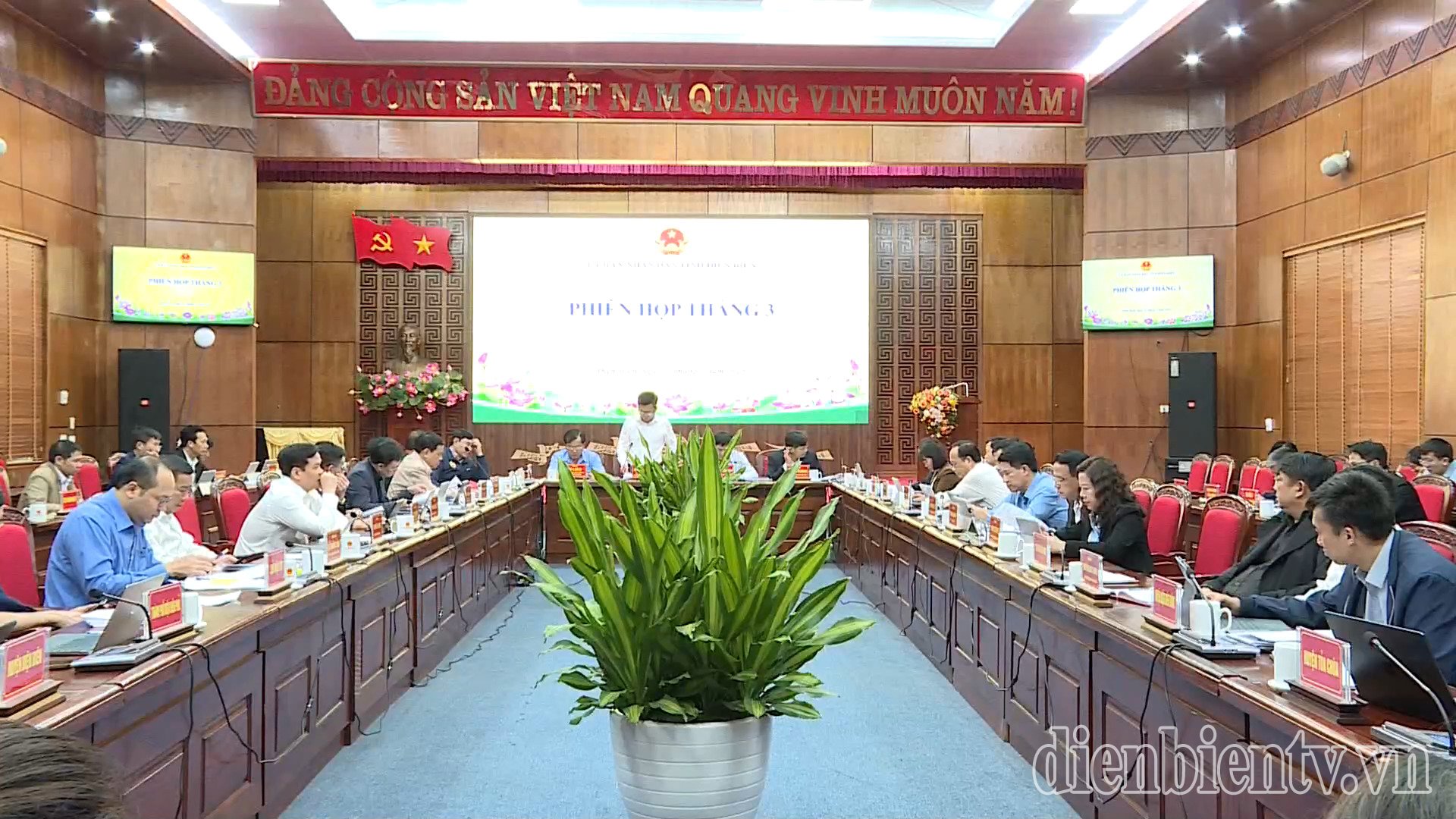
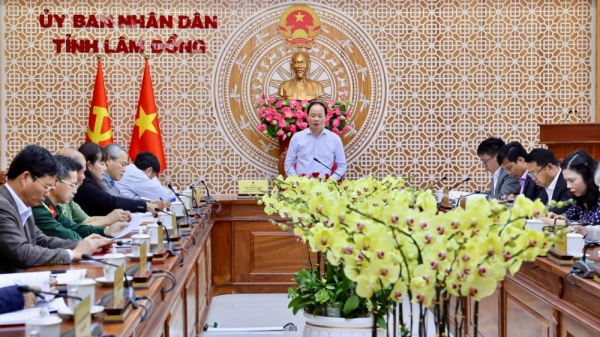
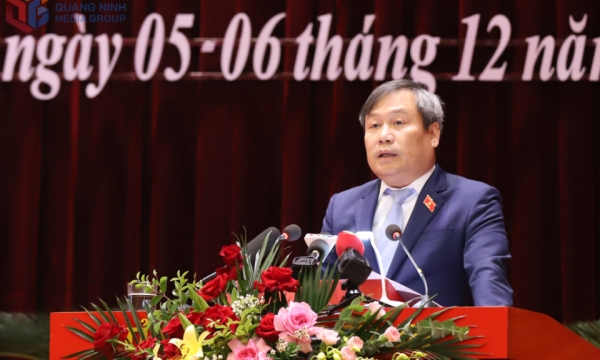











Comment (0)